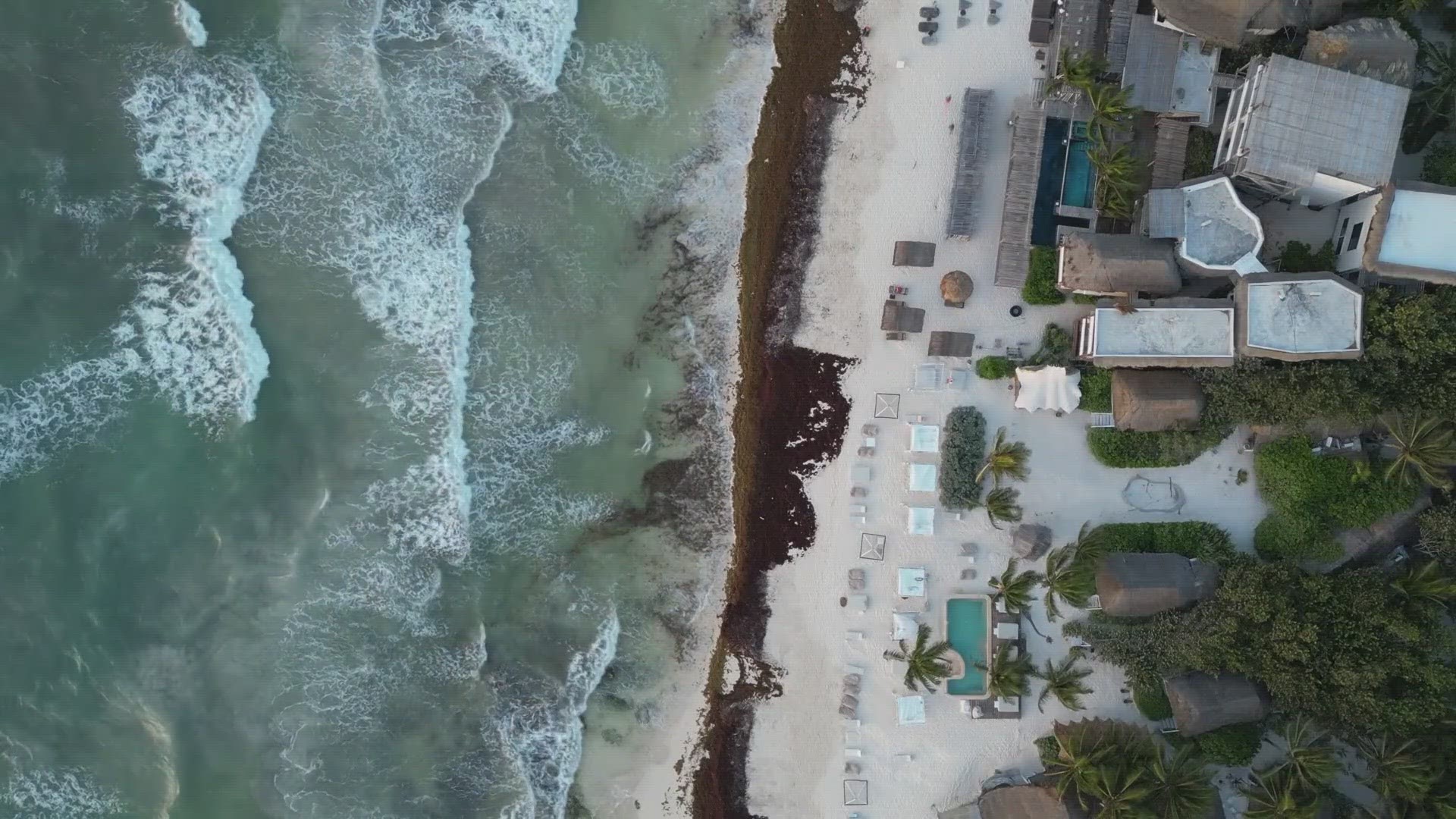JACKSONVILLE, Fla. — In 2023, a large bloom of sargassum extended 5000 miles across the Atlantic Ocean, eventually accumulating along Florida's picturesque beaches.
As the new year unfolds, the question looms – will we witness another round of this seasonal seaweed invasion in Florida?
Understanding Sargassum
According to Melinda Simmons, a researcher from Jacksonville University, Sargassum is a multicellular organism commonly known as seaweed. There exist various species of Sargassum, with our primary concern being the type that grows detached from the sea floor.
This particular seaweed can grow and spread through fragmentation, leading to the formation of significant blooms. The warming climate and increased nutrients in the ocean seem to be contributing to the surge in Sargassum occurrences.
Could This Year Witness Another Record Bloom?
Simmons reports significant blooms out in the Atlantic, raising concerns about whether it will make its way to threaten the Caribbean and Florida again. While the outlook remains uncertain, areas north of Jupiter in Florida might not face substantial issues, as the Gulf Stream in Jacksonville lies approximately 90 miles offshore.
Impacts on the First Coast
Contrary to the videos depicting bulldozers clearing seaweed in South Florida, the issue appears to be more localized. For those residing in the First Coast area, this phenomenon can be turned into a valuable learning experience for children.
Simmons suggests picking up Sargassum and observing the creatures that come to life, turning it into a fun educational opportunity compared to the challenges faced in south Florida, the Gulf, and the Caribbean with massive buildups of rotting seaweed.
The Sargassum season for the First Coast typically starts in spring, coinciding with strong onshore winds. While there are concerns about a potential record bloom, meteorologist Robert Speta reassures residents that the issue might be more prevalent in south Florida and the Caribbean. Simmons encourages locals to keep in mind that Sargassum is a live plant often housing various marine life, providing a unique perspective for beachgoers to appreciate while enjoying the beauty of our local beaches.
Remember if you want more information about our local forecast to help you plan your day at the beach please check out our First Coast News Most Accurate Forecast here.

